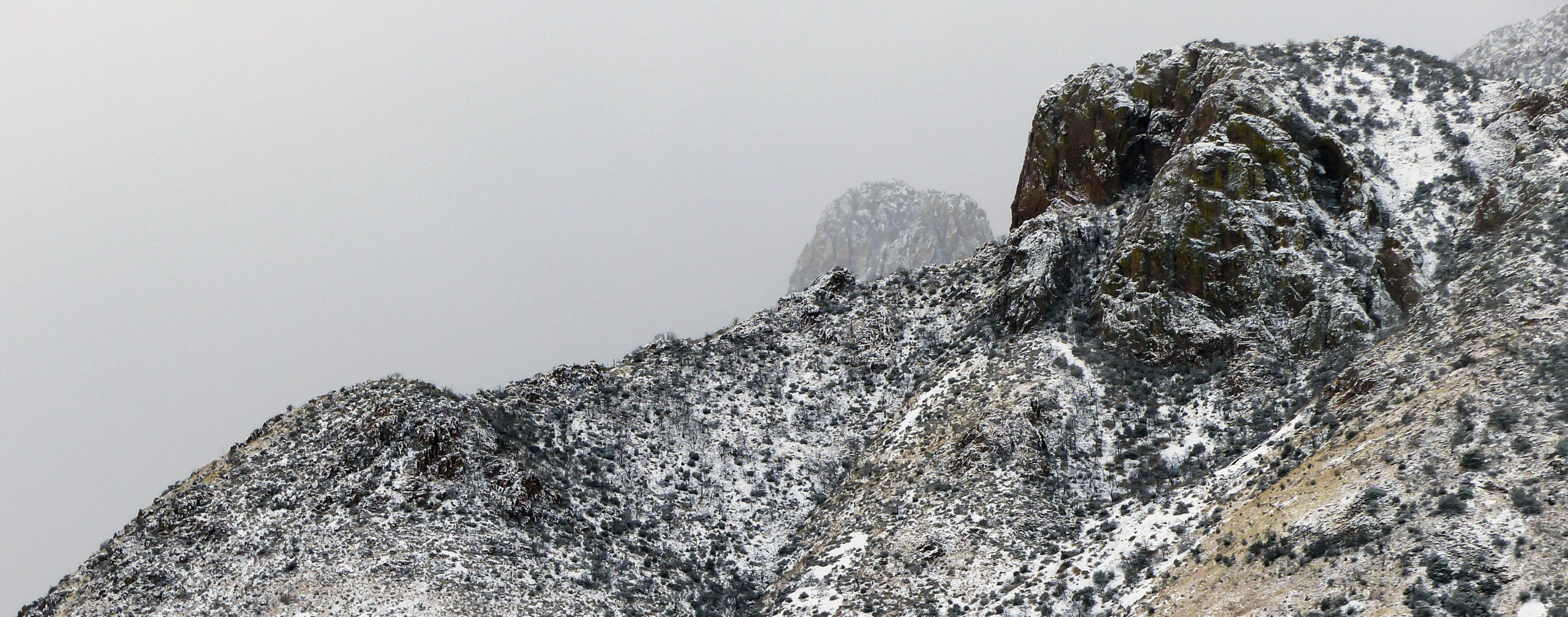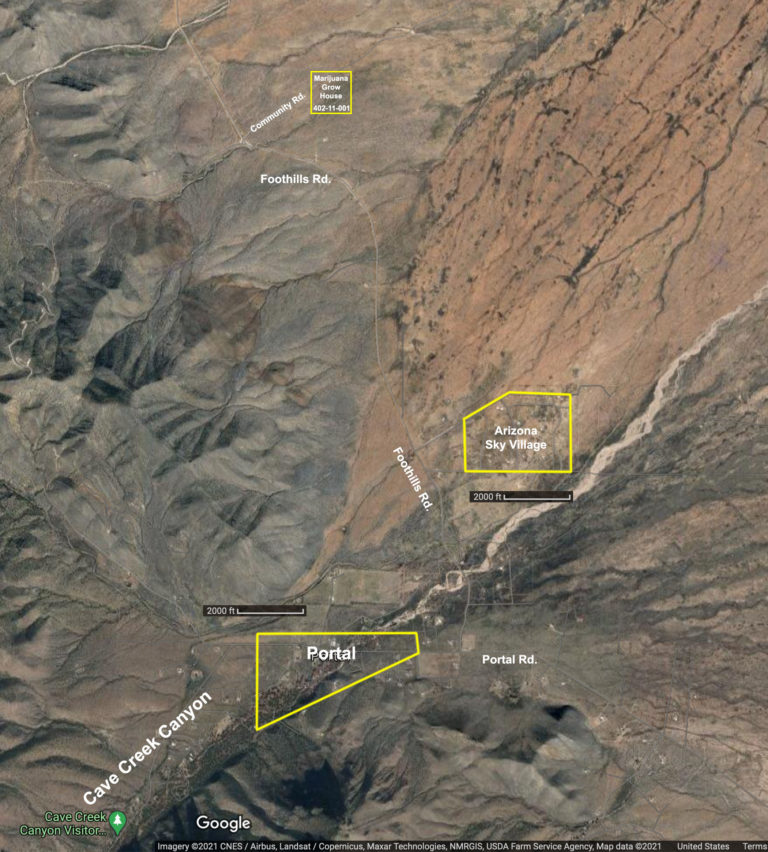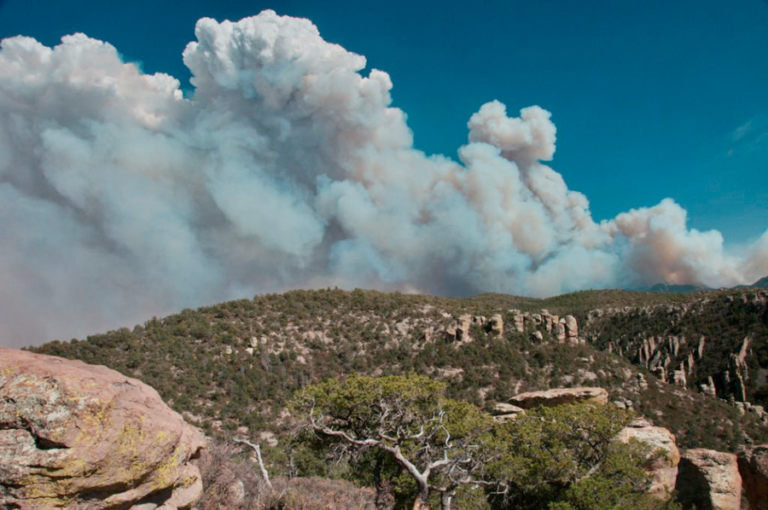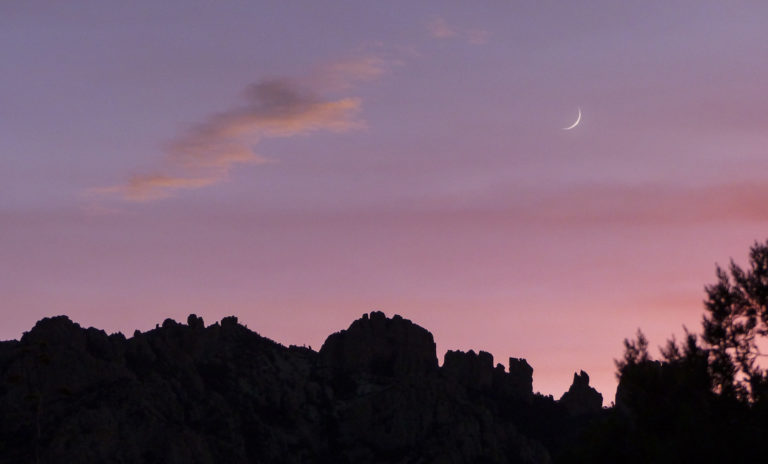The Mine Fight
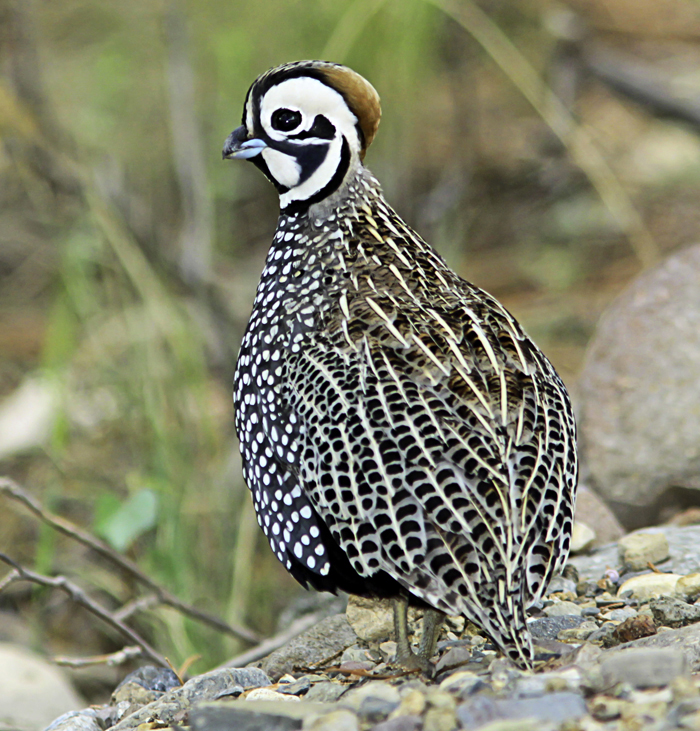
The Chiricahua Regional Council had its roots in citizens’ efforts to prevent a large, open-pit gold mine from coming to Portal, Arizona. The effort was ultimately successful when the high biodiversity and other values of Cave Creek Canyon were recognized by Congress, which passed legislation to withdraw this area from exploitation under the 1872 Mining Law.
Here is the story of that mine fight, as it was published in 1994, in the proceedings of a symposium on Biodiversity and Management of the Madrean Archipelago.
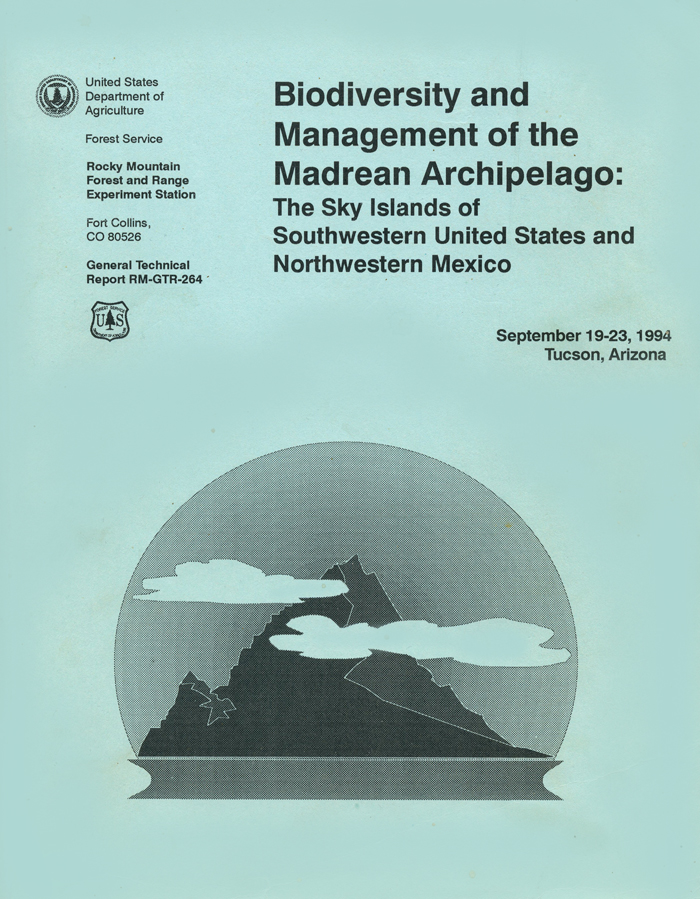
Biodiversity Versus Mining — A Collision of Priorities in Cave Creek Canyon
Noel F.R. Snyder, Karen A. Hayes, and David A. Mullon, Jr.
Abstract. — Under present federal laws, mining is considered a priority use of federal lands, unless areas are specifically withdrawn from mineral entry by administrative action of federal agencies or by formal Congressional withdrawal. This preemptive dominance of mining over traditional multiple uses, such as wildlife, recreation, timbering, and grazing, has led in recent years to widespread calls for reform of federal laws to allow federal agencies more discretion in managing the lands under their control.
In late 1990, a proposal to conduct exploratory mining activities on Forest Service lands at the mouth of Cave Creek Canyon in the Chiricahuas raised a storm of protest from local citizens, biologists, and wildlife enthusiasts from across the country. This proposal, covering a square mile of lands that might have become subject to open-pit pulverization and cyanide leaching for gold extraction, raised issues of conflict with other long-standing uses and values of the lands involved. In particular, Cave Creek Canyon is world renowned for its exceptional biodiversity and for the Southwestern Research Station of the American Museum, which has served as a focus for numerous terrestrial biological studies. Large-scale mining activities in the canyon could be expected to have diverse negative impacts on such values, as well as on many other values.
Fortunately, massive citizen persuasion was successful in convincing Newmont Mining Corporation to voluntarily abandon its mining proposal for the canyon, and Congressman Jim Kolbe was then successful in gaining passage of the Cave Creek Protection Act in 1993, which withdrew all federal lands in the Cave Creek drainage from mining. However, the larger issue of exactly how the lands within the Cave Creek drainage will be managed by the Forest Service in the future still remains unresolved.

Introduction
Cave Creek Canyon of the Chiricahua Mountains has long been renowned as the site of an impressive amount of research in terrestrial biology. Much of this research has been conducted out of the Southwestern Research Station of the American Museum of Natural History, which is situated in the upper basin of the canyon and has been in operation since 1955. A substantial number of our nation’s most prominent organismal biologists have conducted studies in the canyon, and well over 1,000 scientific papers have been published on various aspects of the natural history and ecology of the area.
Some of the studies conducted in the canyon, such as a 25-year-long investigation of Mexican Jays (Aphelocoma ultramarina) by Jerram and Esther Brown, have been long-term research programs that have yielded especially significant dividends in scientific advancement. Cave Creek Canyon has in fact become one of the most intensively studied terrestrial locations anywhere in the world, and has been the scene of a number of important breakthroughs in man’s understanding of nature. It would be difficult to name another location in the United States that has had more importance as a field research and training center for the terrestrial biological sciences. This record argues strongly for a continued emphasis on scientific endeavors in the canyon. The maintenance of this valuable scientific role depends critically on preservation of the ecological integrity of the canyon.
In addition to having important values for science, Cave Creek Canyon has been a favored destination for avocational nature enthusiasts, such as bird watchers, reptile aficionados, and insect collectors. Further, the hiking trails and scenic formations of the canyon have attracted a loyal clientele of visitors who value dispersed low-impact recreational activities and an opportunity for solitude in an undeveloped setting. One of the most notable features of the canyon is Crystal Cave, located a mile upstream from the research station. This giant labyrinth of exquisite limestone formations was once proposed as a national monument in itself, and has been explored by a stream of caving enthusiasts, not to mention bats, for many decades.
Many of the scientific and avocational values of Cave Creek Canyon depend directly on the outstanding roster of living creatures that can be found here. We have already heard an impressive amount of documentation at this conference of the extremely high biodiversity to be found in the Sky Islands of SE Arizona (see also Barton and Sloane 1992). Cave Creek Canyon is blessed with an especially impressive representation of this biodiversity, owing in large measure to its extensive and well-watered riparian zone.
Most of the upper elevations of Cave Creek Canyon (above 1,500 m) lie within the jurisdiction of the U.S. Forest Service, as part of the Coronado National Forest. The Forest Service has traditionally administered these lands in accordance with its legislative mandate for multiple-use, allowing a wide variety of activities, ranging from hunting and fishing to hiking, camping, caving, and cattle grazing. These activities have proved relatively compatible with one another, and most users of the canyon, including ranchers, recreationists, and scientists, have been content with the mix of uses (Shaw et al. 1979), although there is little doubt that some practices in the Chiricahuas have led to slow vegetational and faunal changes over the years (see Swetnam et al. 1992).
However, in mid-1990 an issue arose which led to a major confrontation between established and potential users of the canyon –– the prospect of major mining development near the entrance of the canyon. In the ensuing debates, users of Cave Creek Canyon, both on a national and international scale, became aware that the canyon they believed to be safe from major changes under existing Forest Service management was actually highly vulnerable to modification.
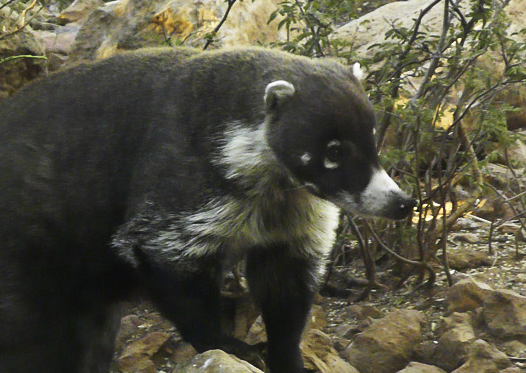
Gold Exploration Plans of Newmont Mining Corporation
In June of 1990 Newmont Mining Corporation filed claims on approximately a square mile of U.S. Forest Service lands not far to the southeast of Portal and requested a permit from the Forest Service to initiate exploratory drilling for gold. These actions were in full accord with provisions of the 1872 Mining Law, which allows mining activities on federal lands that have not been specifically “withdrawn” from mineral entry.
Earlier, Newmont prospectors had taken samples of surface rocks on the site and had found enough gold to justify these steps. As the largest gold-mining concern operating in the states, Newmont usually conducts mining operations with modern large-scale open-pit technology, including cyanide leaching of piles of pulverized rock material. The cyanide leaching process is highly efficient and allows profitable mining of rock containing only minute amounts of gold, but it leaves an aftermath of spectacularly large open craters and mountains of leached residue.
Residents of the area and personnel at the Southwestern Research Station became aware of Newmont’s intentions in September of 1990, when the Forest Service convened a public meeting at the Portal Ranger Station to describe agency procedures in processing the permit request and to describe Newmont’s drilling plans. Those who attended the meeting were surprised to learn that mining is not one of the “multiple uses” that the Forest Service can either grant or refuse, but under terms of federal law is instead a priority use that preempts all other uses. The stated position of the Forest Service was that there was no way it could deny the permit for exploratory drilling, and if the drilling proved the existence of a substantial ore body, there would be no way to prevent full-scale mining development. Attendees at the meeting also learned that the Forest Service did not plan any comprehensive review of the effects of the whole concept of large-scale mineral development in the Portal area through preparation of an environmental impact statement on the permit request. At best, the Forest Service could and would insist on some environmental controls on how the drilling would proceed.
The reaction of residents and expatriate users of the canyon was overwhelmingly one of disbelief that the Forest Service could do nothing to prevent potential large-scale mining development of the mouth of the canyon, and dismay that such mining development might have a great variety of negative effects on the region and its inhabitants, ranging from dust pollution and the potential for cyanide contamination of ground water supplies to direct and indirect effects on the superlative biodiversity of the canyon and major unwanted social effects on the local community.

Development of a Response to the Mining Threat
The threats to Cave Creek Canyon represented by large-scale mining were apparent to nearly all observers and led rapidly to the formation of a grassroots organization called the Portal Mining Action Coalition (PMAC) [later reorganized as the Chiricahua Regional Council]. This organization was comprised of a broad cross-section of interest groups, both within the local community and from across the nation. The immediate goals of PMAC were to gain reliable information on mining law and to establish contacts with other organizations that could supply expertise on mining / conservation issues. These efforts were followed quickly by development of an education and action program that included the preparation of an administrative appeal of the Forest Service’s decision to allow exploratory drilling by Newmont.
Ultimately, PMAC, together with other parties, especially personnel of the Southwestern Research Station, was successful in (1) persuading Newmont Mining Corporation to abandon mining plans for the area, and (2) persuading Congress to withdraw all federal lands in the Cave Creek drainage system from mineral entry. However, the process was frustrating and complex, and is worth reviewing for the insights that can be gained into the behavior of government agencies. Despite the original stated position of the Forest Service and the imperatives of the 1872 Mining Law, there was indeed a great deal that could be done to prevent mining development of the canyon. Success in these efforts, however, demanded a tremendous investment of time, money, and effort from a concerned public.
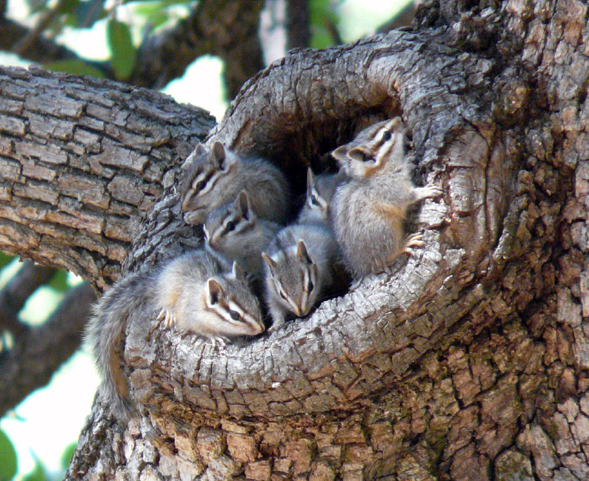
Discussions with Newmont
Surprisingly, the least problematic aspect of the process was persuading Newmont Mining Corporation that its own interests would best be served by recognizing the unique values of Cave Creek Canyon and voluntarily refraining from developing its claims. This was accomplished early in the dispute both by meeting with representatives of the corporation and by encouraging private citizens, especially scientists familiar with the canyon, to write to Newmont, the Forest Service, and elected governmental representatives to express their concerns. The deluge of letters that resulted indicated that a great many people across the country and internationally cared very deeply about protecting Cave Creek Canyon.
In addition, a highly successful effort was made to publicize the threats of mining development in the canyon through the Arizona and national media, culminating in articles in the New York Times (December 4, 1990) and Science magazine (December 14, 1990).
Newmont’s response to this approach was both cautious and fair. The corporation sent its own team of experts to Cave Creek Canyon to make an independent assessment of the values involved. Then on December 21, 1990 Newmont announced that based on this assessment and the many letters of concern it had received, it agreed that the area was indeed worthy of protection from mining development. Newmont indicated that it would support legal withdrawal of the lands from mineral entry, would retain its claims until that was accomplished to prevent other parties from staking the area, and would then voluntarily forfeit its claims without demanding compensation from the federal government.
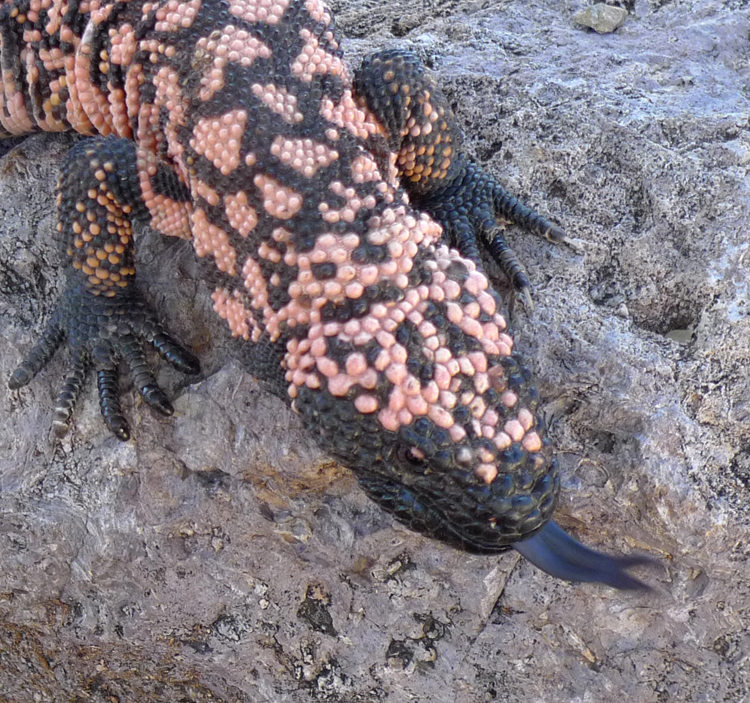
Pursuit of Withdrawal
The pullback of Newmont relieved the Forest Service of any need to respond to PMAC’s appeal of its permit to Newmont, and the door was wide open for legal withdrawal of federal lands within Cave Creek Canyon, either by an administrative withdrawal through the Forest Service or by act of Congress. The PMAC and its allies favored simultaneous pursuit of both alternatives in hopes that at least one might succeed. However, Congressional withdrawal was clearly preferable because it offered permanent protection, whereas administrative withdrawal would always be vulnerable to administrative reopening.
Initially, the Forest Service was receptive to having PMAC prepare an administrative withdrawal request, and the coalition invested considerable time and resources in preparing a detailed proposal. However, by the time this task was completed in the spring of 1991, the Forest Service had jumped to an entirely new track: now it was suggesting withdrawal of a considerably larger region, but still including Cave Creek Canyon, as part of a National Recreation Area (NRA) proposal for the Chiricahua, Graham, and Catalina Mountains. The NRA proposal followed President Bush’s announcement of his “Great Outdoors Initiative,” with some $600 million earmarked for recreation expenditures within the Forest Service.
Recognizing that a National Recreation Area designation might represent a misreading of the primary values of many of the lands involved, and recognizing that such a proposal would be met by broad public resistance, PMAC urged the Forest Service to consider its Cave Creek Canyon withdrawal proposal separately and was assured that it would be. Nevertheless, shortly thereafter the Forest Service tabled PMAC’s withdrawal proposal and indicated that it would oppose any withdrawal proposal for Cave Creek Canyon separate from its NRA proposal.
By late summer of 1991, the Forest Service had proceeded ahead with “segregation” (temporary withdrawal) of the lands involved, but this protection would automatically lapse in two years if the National Recreation Area proposal was not passed by Congress. Despite the fact that the proposed NRA would have provided an apparent solution to the mining threat to Cave Creek Canyon, the PMAC, along with other regional organizations, declined to endorse it. By the spring of 1992, the NRA proposal was abandoned for lack of public and Congressional support. Along with it died any realistic hope for permanent withdrawal of Cave Creek Canyon through Forest Service initiatives.
Meanwhile, efforts to pursue the Congressional withdrawal route proved much more encouraging. Congressman Jim Kolbe introduced a bill for Congressional withdrawal of the entire Cave Creek drainage in the spring of 1991. This bill soon attracted support from the rest of the Arizona delegation and from the Arizona State Legislature, but not from the Forest Service. The opposition of the Forest Service to Congressional withdrawal lay in a stance that withdrawals should be a prerogative of the Forest Service rather than Congress. This posture was baffling to many members of the coalition and was likewise mystifying to Congress, since many withdrawals go through the Congressional route and since the Forest Service had just recognized the intrinsic values of withdrawing these very lands by its own administrative segregation action, which would have led ultimately to Congressional withdrawal anyway if the NRA proposal had proved viable.
Despite the opposition of the Forest Service, Congressman Kolbe’s bill passed the House without difficulty and was sent on to the Senate in the fall of 1991. Here the bill ran into some complications in that the Senate committee insisted on some minor changes in wording that meant the bill would have to go back to the House for reapproval following action in the Senate. By the time of the Senate hearings on the bill in the spring of 1992, the Forest Service finally dropped its opposition to the bill, although it still refused to support the bill.
Unfortunately, the Cave Creek Protection Act got trapped in a logjam of other legislation that was part of the torturous politics and procedures of the Senate, and it passed only on the last day of the Senate’s session in 1992. Sadly, the House had adjourned a day earlier, so there was no way for the different House and Senate versions to be harmonized, and thus the bill died in 1992.
True to his commitment to protect the canyon, Congressman Kolbe reintroduced his bill in the next session of Congress. This time the bill sped quickly through both houses of Congress, at last with support from the Forest Service, and was signed into law by President Clinton on August 2, 1993.
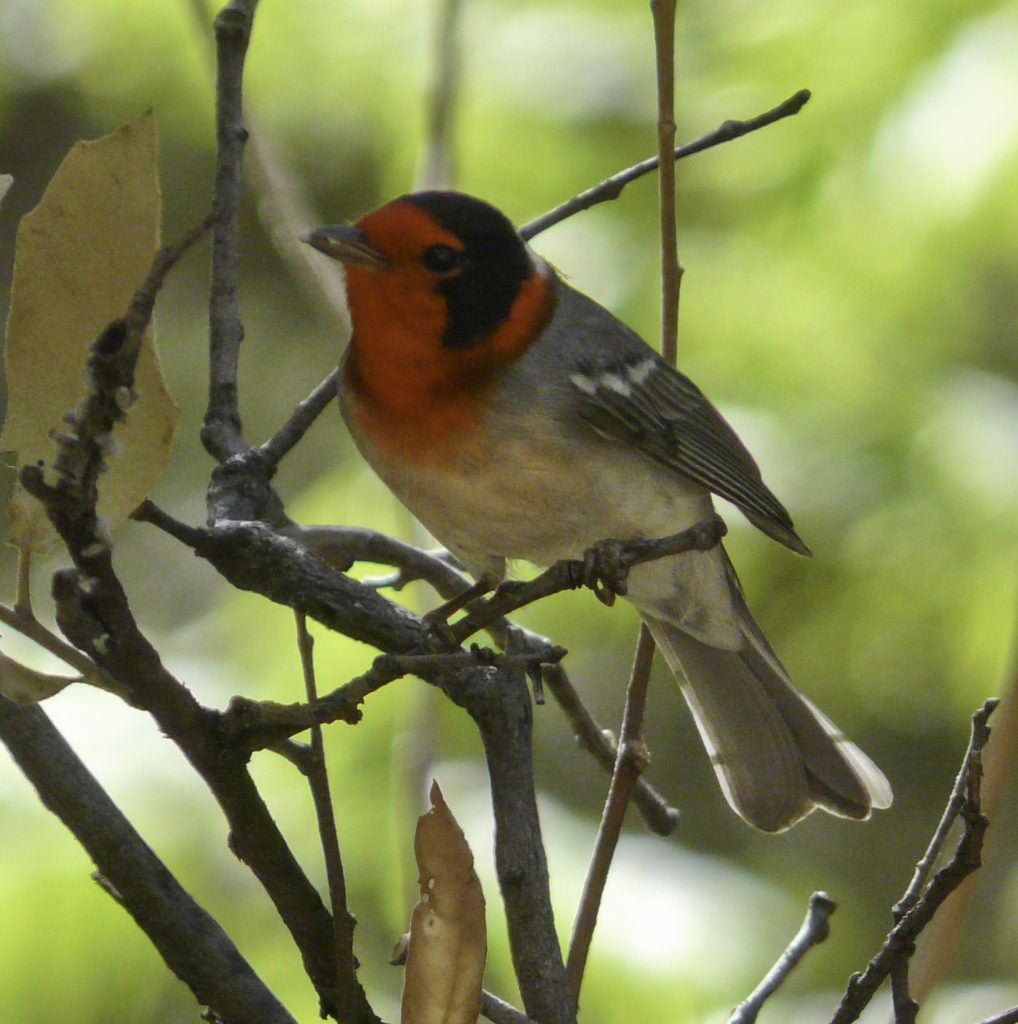
Discussion
The successful efforts to protect Cave Creek Canyon from mining development took nearly three years and an investment of about $20,000 of privately raised monies, not to count the many thousands of hours of donated time and effort from concerned citizens across the country. This was a relatively clear issue, and its proper resolution had strong bipartisan political support and almost unanimous public support, including that of Newmont Mining Corporation, and ultimately the Forest Service.
Nevertheless, many participants felt that this battle should never have been necessary in the first place. In particular, many people expressed bewilderment and anger that this country still tolerates antiquated mineral laws dating from 1872 that automatically elevate mineral exploitation of federal lands above all other uses, regardless of the values being sacrificed. Unfortunately, repeated attempts to reform this law have so far failed in Congress, perhaps as much due to a lack of general public involvement in the issues as to a major and skillful effort of the mining industry to defend its position of privilege.
Even given the limitations of the 1872 Mining Law, some observers questioned whether the Forest Service could not have done more to safeguard the canyon than it did. In fact, some argued that the original application of Newmont to conduct exploratory drilling could have been refused by the Forest Service because Newmont at that time had not technically made a “discovery,” which is to say that it had not yet proved the existence of an economically minable deposit. Up until the point of discovery, a mining concern in fact has no legally vested interests in federal lands, and federal agencies can freely initiate withdrawal of lands under their control.
However, the Forest Service has traditionally been loathe to take any actions that might give the appearance of ad hoc negative responses to mining proposals. As a result, miners often acquire the equivalent of vested interests just by staking federal lands –– long before they can prove a defensible discovery. The Forest Service did not deviate from its normal policy of not challenging mining proposals in the instance of Cave Creek Canyon.
More distressingly, many observers to this day are at a loss to understand the quixotic failure of the Forest Service to support Congressman Kolbe’s bill for Congressional withdrawal of the canyon until its passage became inevitable. Clearly on the one hand, the Forest Service had recognized that the lands involved had special values by segregating them for its own NRA proposal. But its refusal to support withdrawal of these lands on any other basis until nearly the end of the controversy –– two years after Kolbe’s bill was first introduced –– suggested a lack of consistency and a reluctance to recognize an overwhelming public concern.
Despite passage of the Cave Creek Canyon Protection Act, the future management of the canyon remains in question. It seems likely that the historic mix of multiple uses that has characterized the canyon over the decades can remain viable only if use levels remain relatively low. At higher intensities, uses could be expected to have a strong tendency to come into conflict with one another and to degrade basic natural resources, necessitating a clear determination of priorities.
Despite the acknowledged fragility of the lands in question, especially the riparian ecosystems, the Forest Service has demonstrated a strong interest in promoting recreation development on these lands in recent years, while various citizen groups have argued that substantial recreational development can be expected to have major negative effects on other traditional uses and values. The reaction in public meetings to the proposed National Recreation Area was extraordinarily negative, not because the public expressed any general desires to curtail recreation on the lands in question, but because of a general recognition that other values of the lands might be more important and a widespread appreciation that the NRA proposal was driven primarily by short-term internal budgetary concerns of the Forest Service.
As yet the Forest Service has not made any clear priority recognition of what many users feel are perhaps the most important values of Cave Creek Canyon –– its biodiversity values and research values to the biological sciences. These values have not been a threat to other uses of the canyon in the past, but they will surely suffer if intensive recreational uses of the canyon are not kept to a minimum and managed with care.
Many observers, including ourselves, believe that it would be entirely appropriate for the Forest Service and Congress to recognize the unique biological, scientific, and aesthetic values of Cave Creek Canyon and other important Sky Island regions by a special designation that would ensure the primacy of these values, but which at the same time would recognize other secondary values and uses under careful management. In this time of “Reinventing the Forest Service,” a time of general public dissatisfaction with management of public lands, the development of plans for future management of Cave Creek Canyon and other sensitive areas on the Coronado National Forest offers a crucial opportunity for the Forest Service to redefine its commitment to “Caring for the Land and Serving People.”
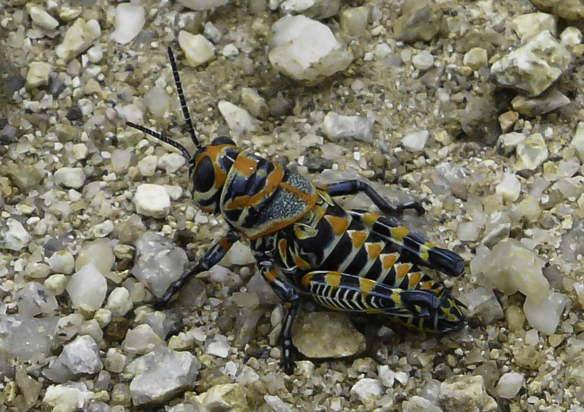
Literature Cited
BARTON, A.M. and S.A. SLOAN (eds.). 1992. Chiricahua Mountains Research Symposium Proceedings. Southwest Parks and Monuments Association, Tucson.
SHAW, W.W., T. COOPER, and M.T. RICHARDS. 1979. Recreational and scientific activity in Cave Creek Canyon, Chiricahua Mountains, Arizona 1978-1979. Final report prepared for the Coronado National Forest, U.S. Department of Agriculture, Forest Service, Tucson, Arizona.
SWETNAM, T.W., C.H. BAISON, A.C. CAPRIO, and P.M. BROWN. 1992. Fire and flood history in Rhyolite Canyon, Chiricahua National Monument. Pp. 46-49 in Chiricahua Mountains Research Symposium Proceedings (A.M. Barton and S.A. Sloane, eds.), Southwest Parks and Monuments Association, Tucson.
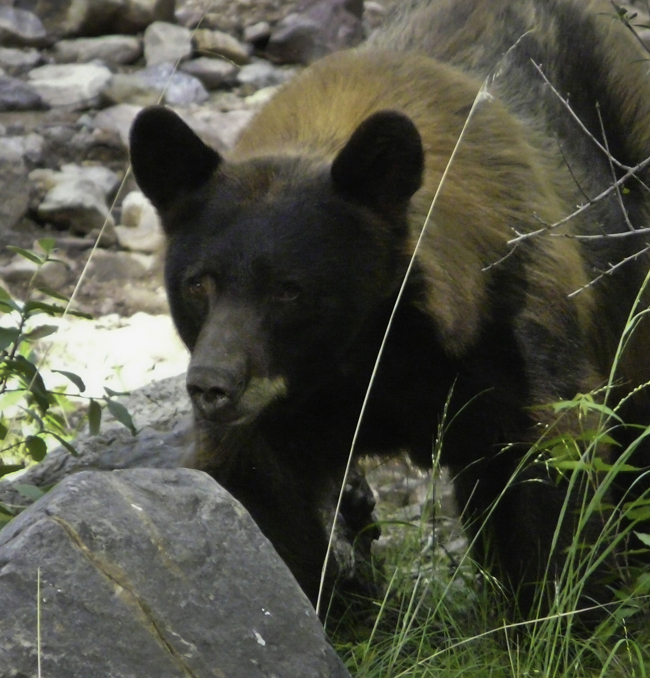
Banner photo of Cave Creek Canyon cliffs in snow by Narca Moore

